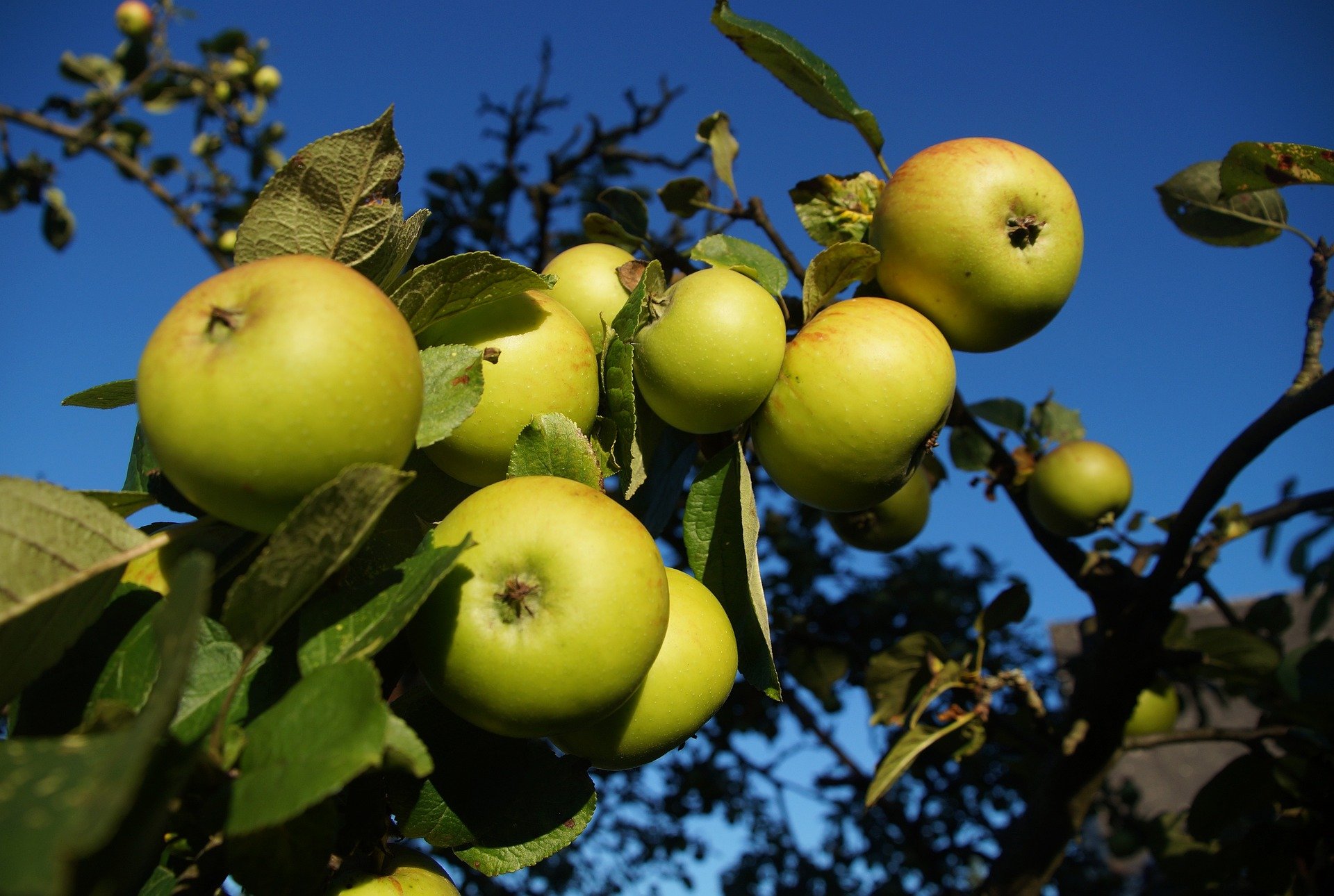
Fruit trees online shop:
Dwarfing trees
Dwarfing trees
Trees on a dwarfing rootstock are an excellent choice for those wishing to grow fruit trees in smaller spaces. See our rootstock advice page for a more detailed explanation.
Jump to:
Apples: bare root | Apples: potted | Pears | Cherries | Plums
-
Below are the rootstocks that can be considered to produce dwarfing trees and the approximate ultimate height of the tree.
Apple: M27 = very dwarfing (2m height); M9 = dwarfing (2-3m height), M26 = semi-dwarfing (3-3.5m height)
Pear: Quince C (2-3m)
Cherry: Gisela 5 (2-3m)
Plum: We don’t stock plums on very dwarfing rootstocks. They are on rootstock St Julien A, a reliable rootstock producing moderately vigorous trees 3-3.5m in height.
-
It is recommended to stake dwarfing trees throughout their lives as they are more easily uprooted by wind. If you are collecting in Leeds, you can add 5ft hazel stakes to your order.
-
If you are training your fruit tree (e.g. as a cordon or espalier), you do not necessarily need a tree on a dwarfing rootstock.
There are different schools of thought, and any rootstock will work, but a more vigorous rootstock (such as MM106 for apples) can actually be beneficial as the trees are more strongly rooted in the ground and more stable.
You will need a ‘maiden’ (a young 1-year-old tree with a single stem) in order to train the tree. These are listed as ‘Small’ on our website.
Apples: bare root
Select rootstock M27 for very dwarfing, M9 for dwarfing or M26 for semi-dwarfing.
Pears
Select rootstock Quince C or Quince Eline for dwarfing trees that grow to 2.5-3m.
Cherries
Select the dwarfing rootstock Gisela 5.
Plums
Our plum trees are grown on the rootstock St Julien A, which is moderately vigorous, producing trees up to 3-3.5m in height. So it can’t be said that these are dwarfing trees, though it is the most widely used rootstock and very reliable, so generally a good choice if you want to grow plums. These trees can also be trained.
Fruit trees by type
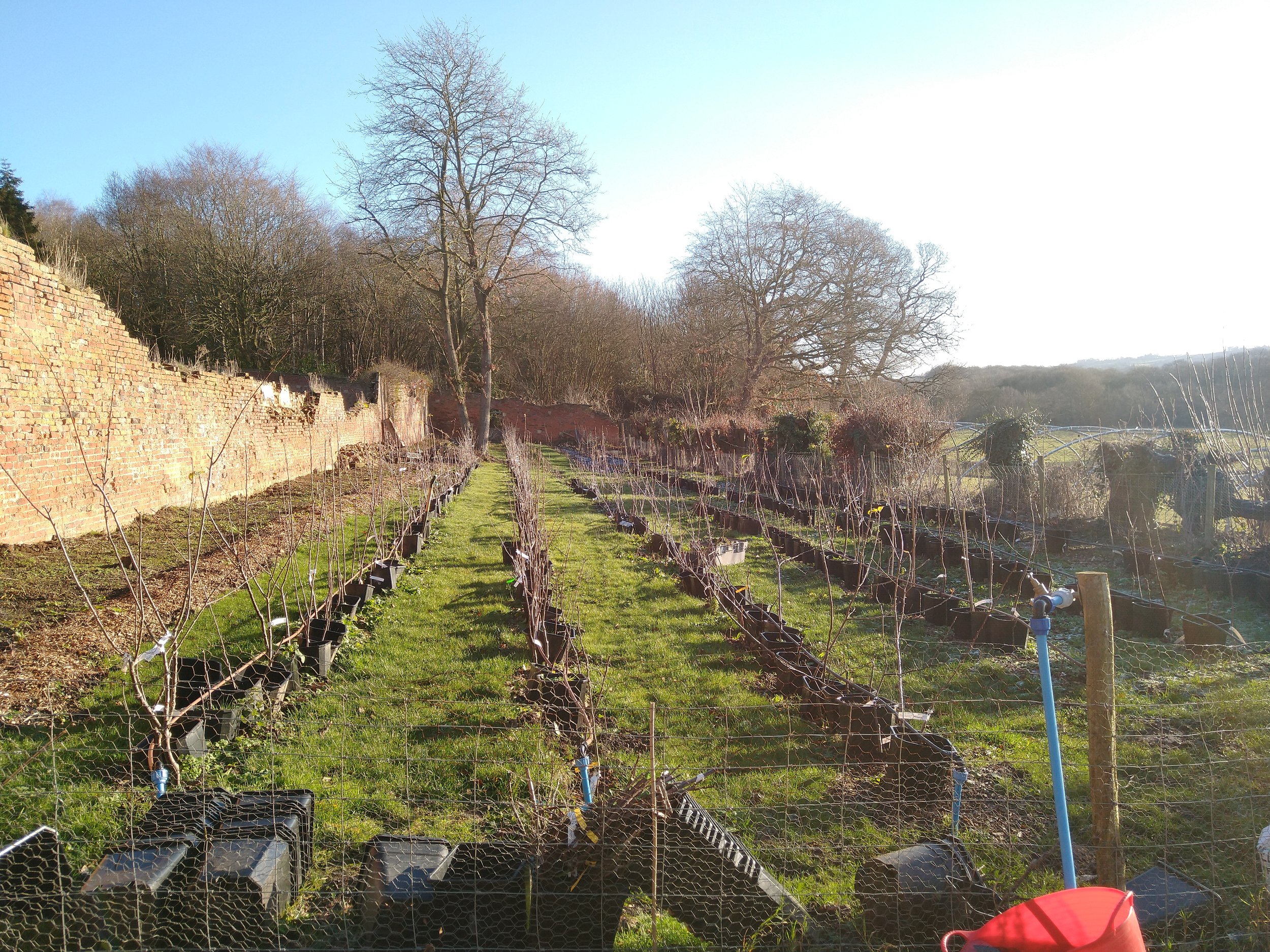







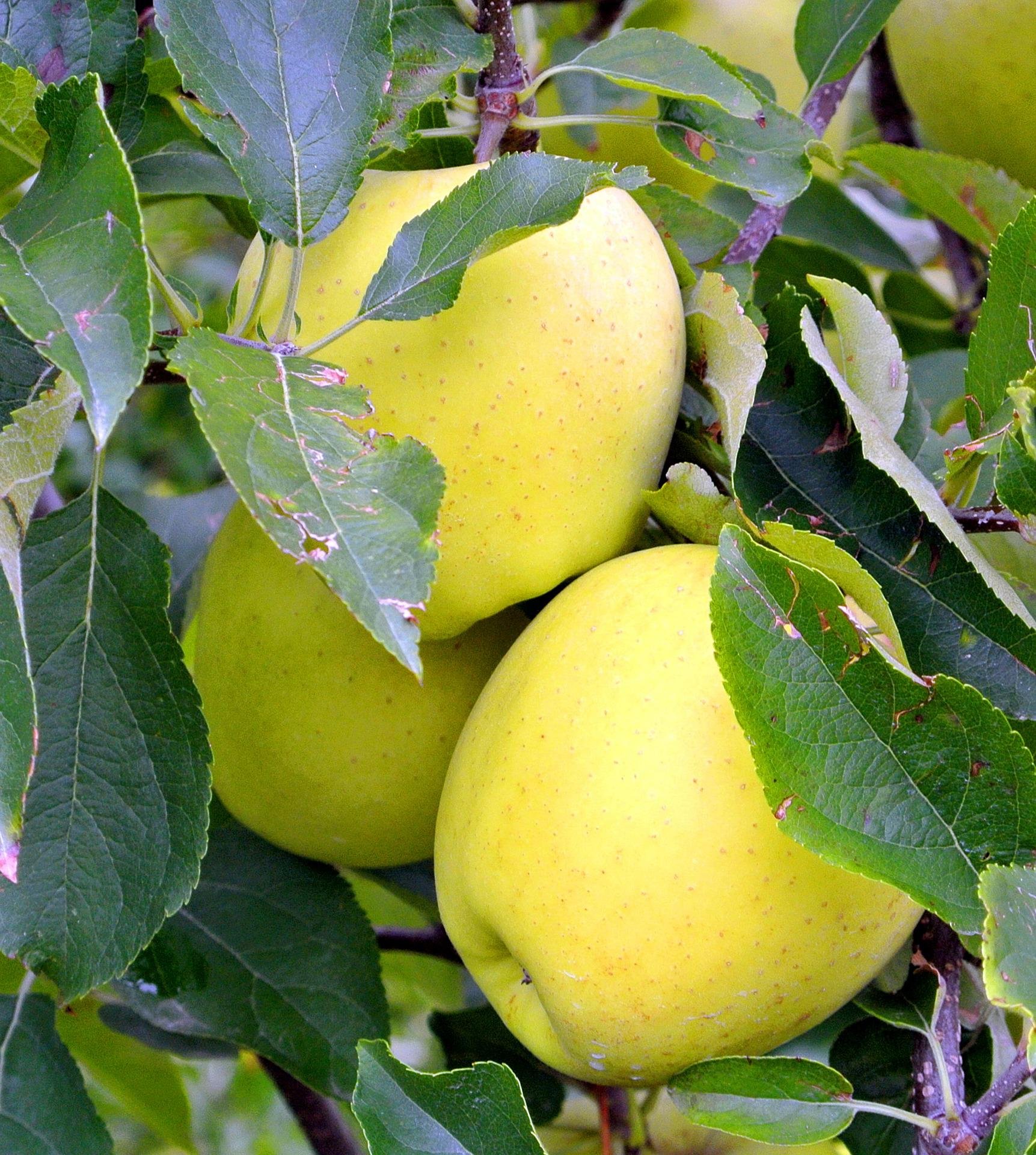

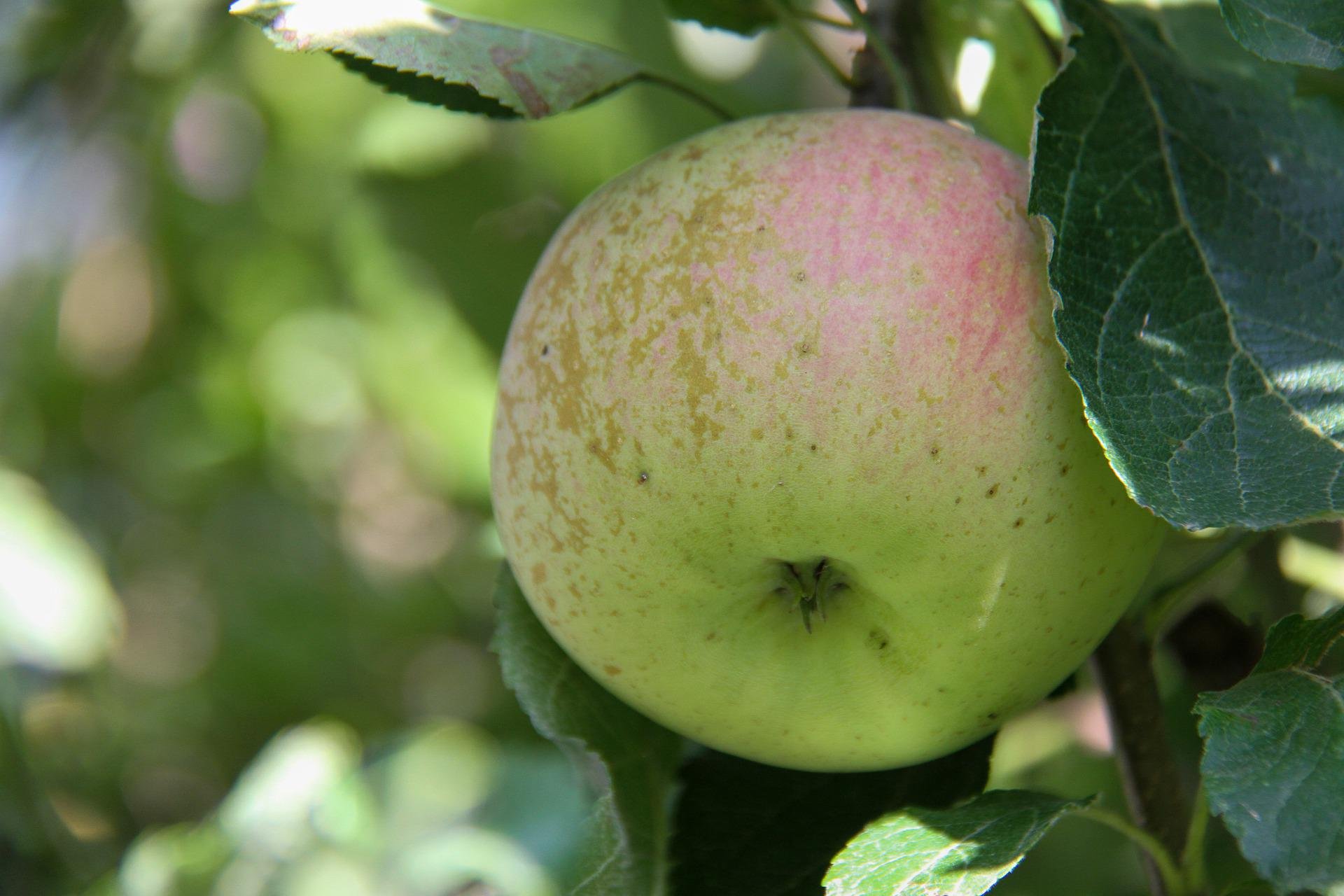

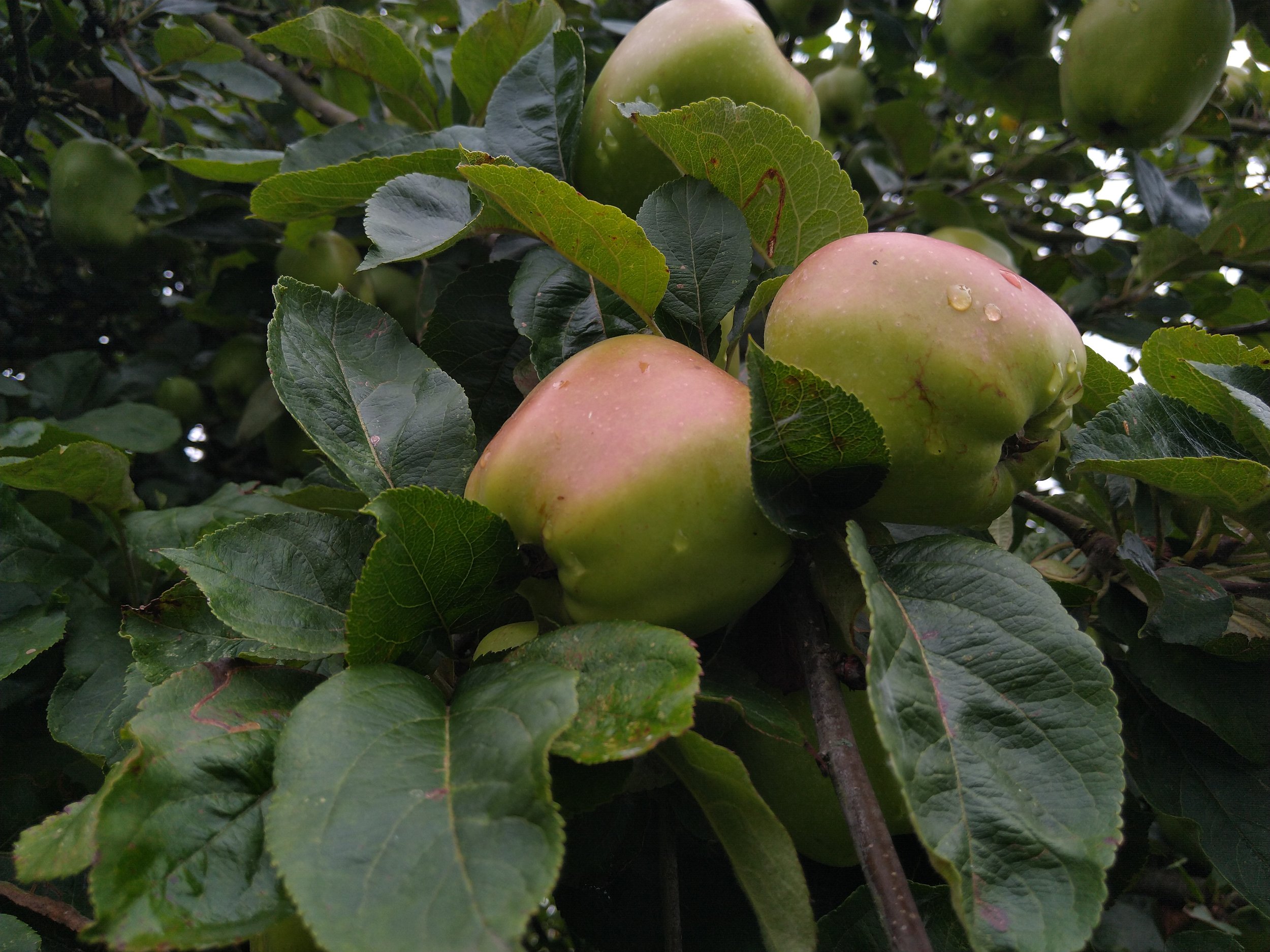
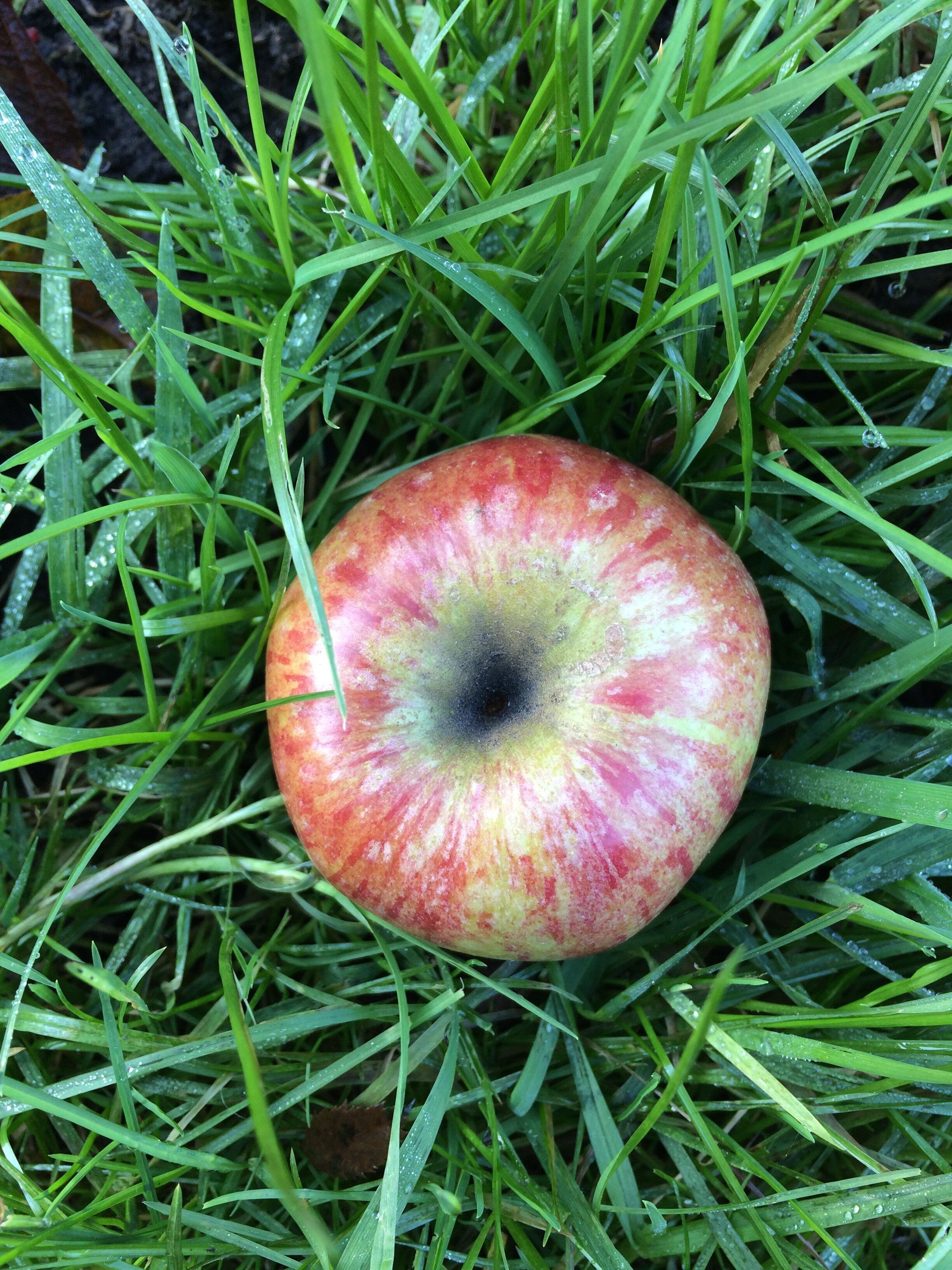




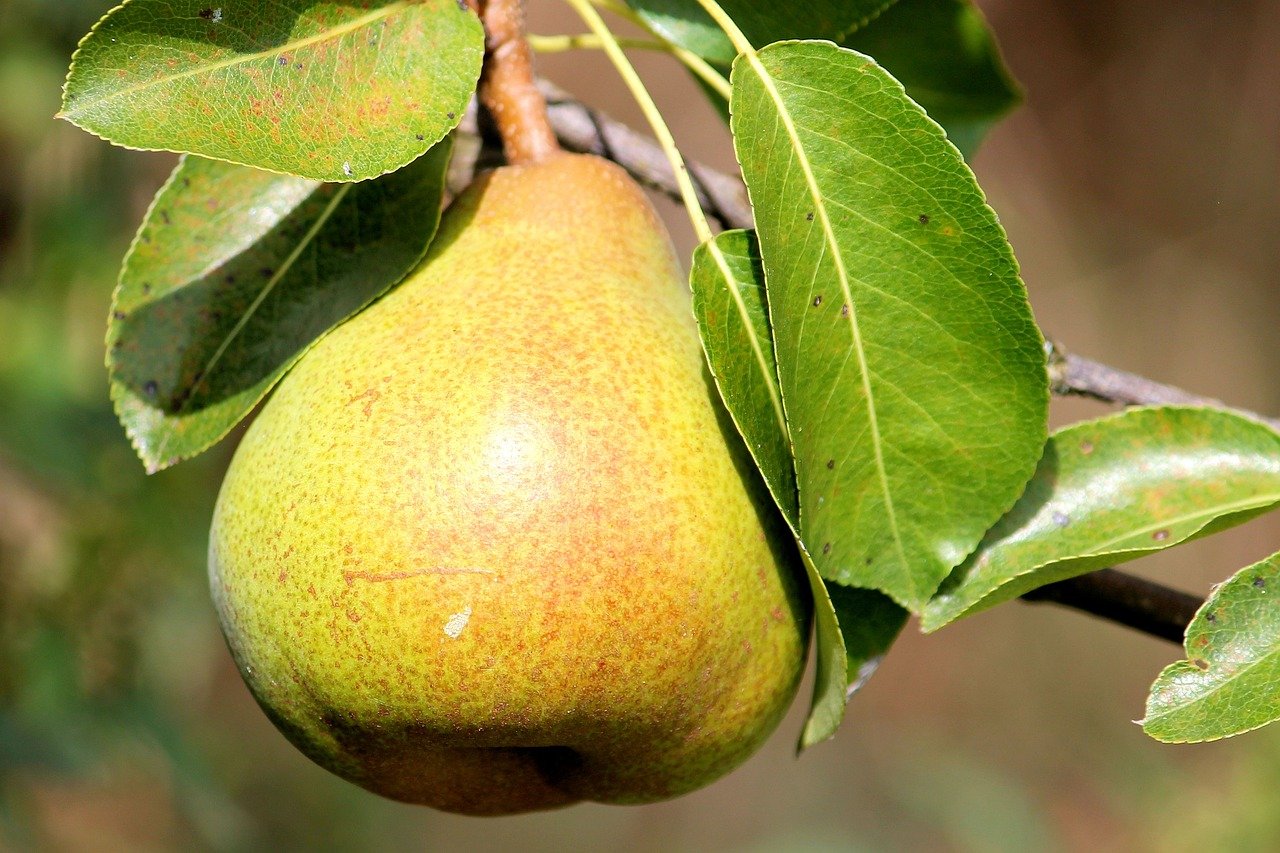





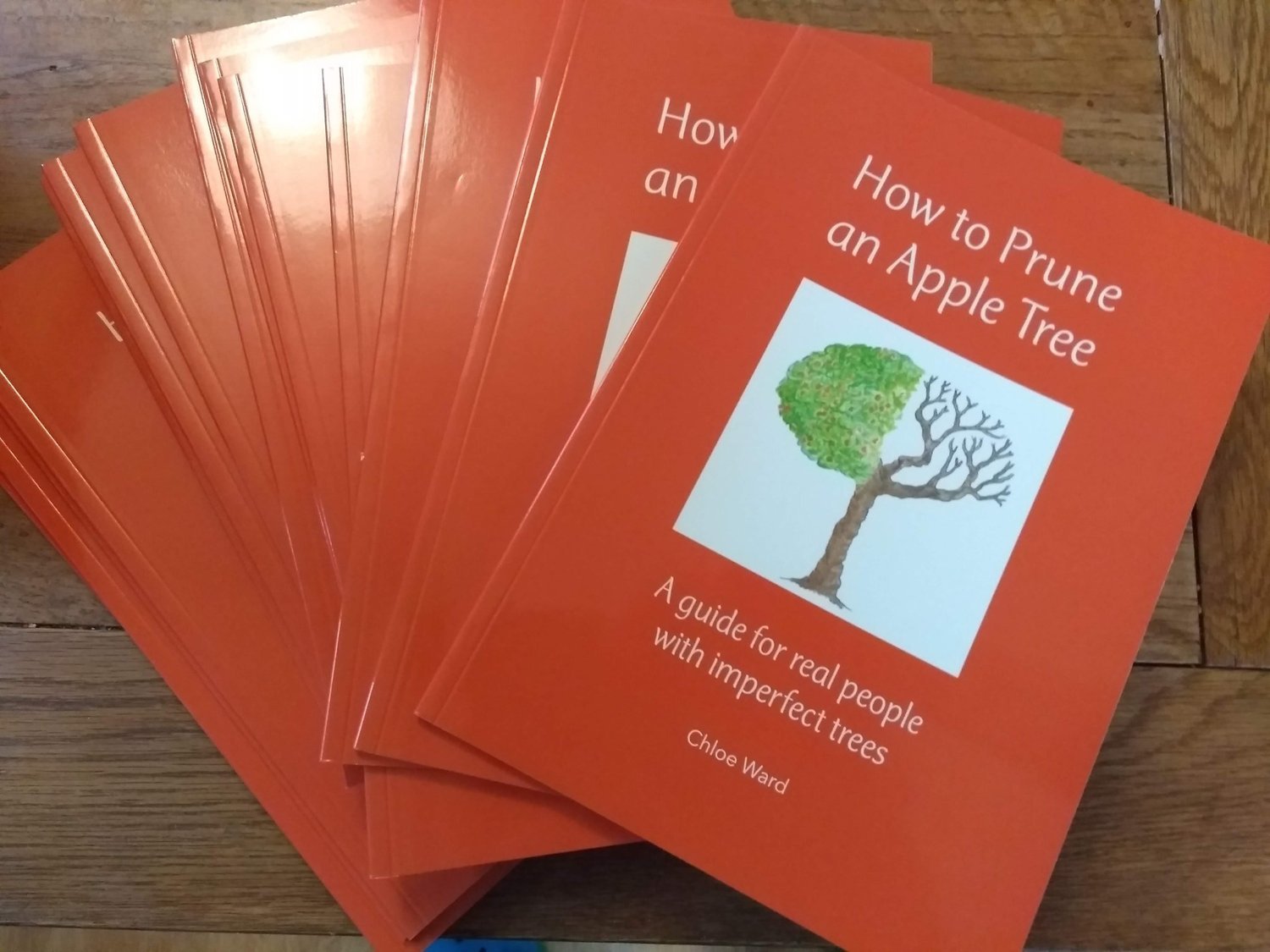
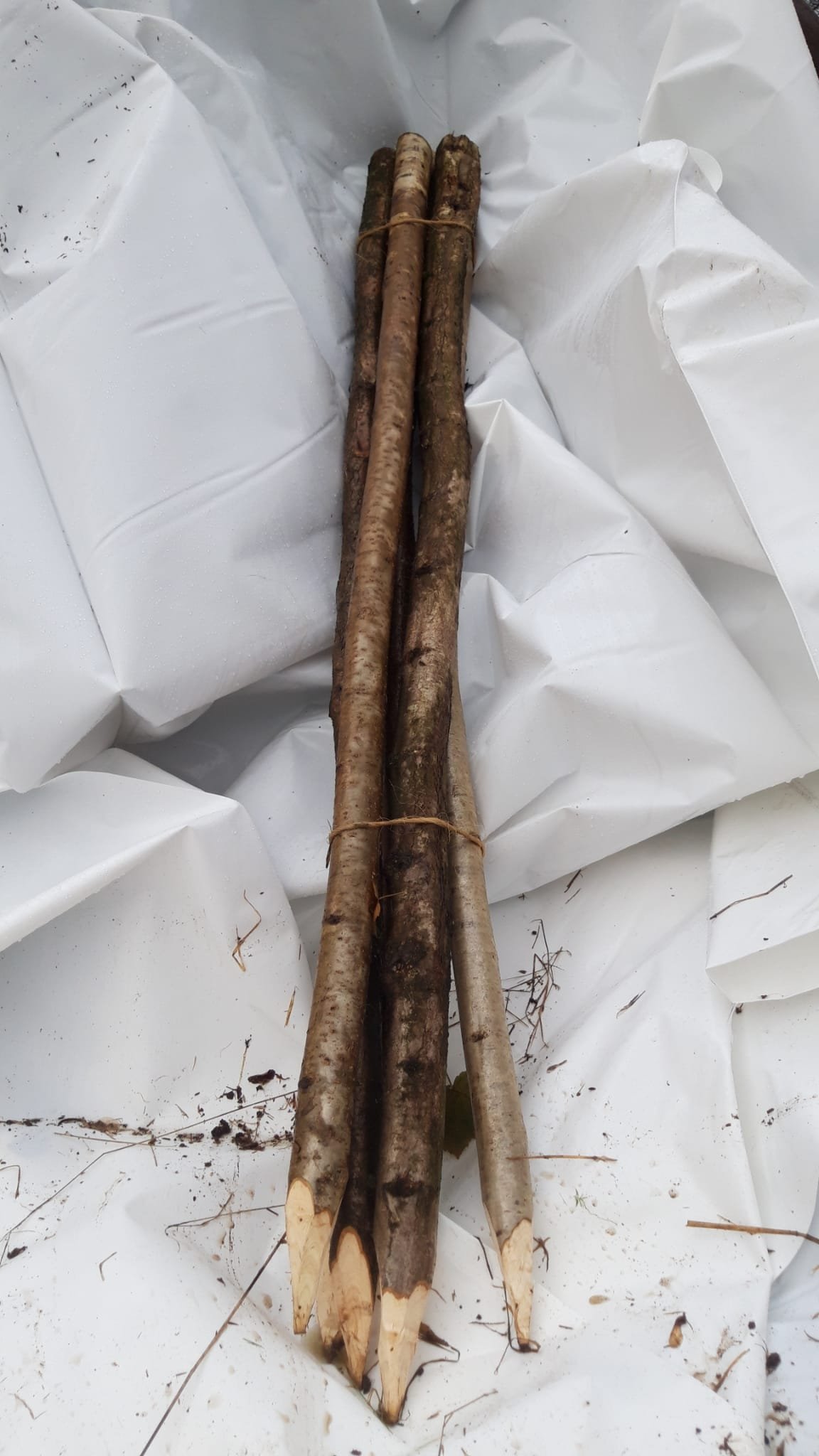
A modern, disease-resistant variety with a refreshing sharp flavour. Medium-sized apples with red-flushed skin and crisp, cream-coloured flesh.
Type: Dessert
Season: October-January
Pollination: Self-sterile. Pollination group D